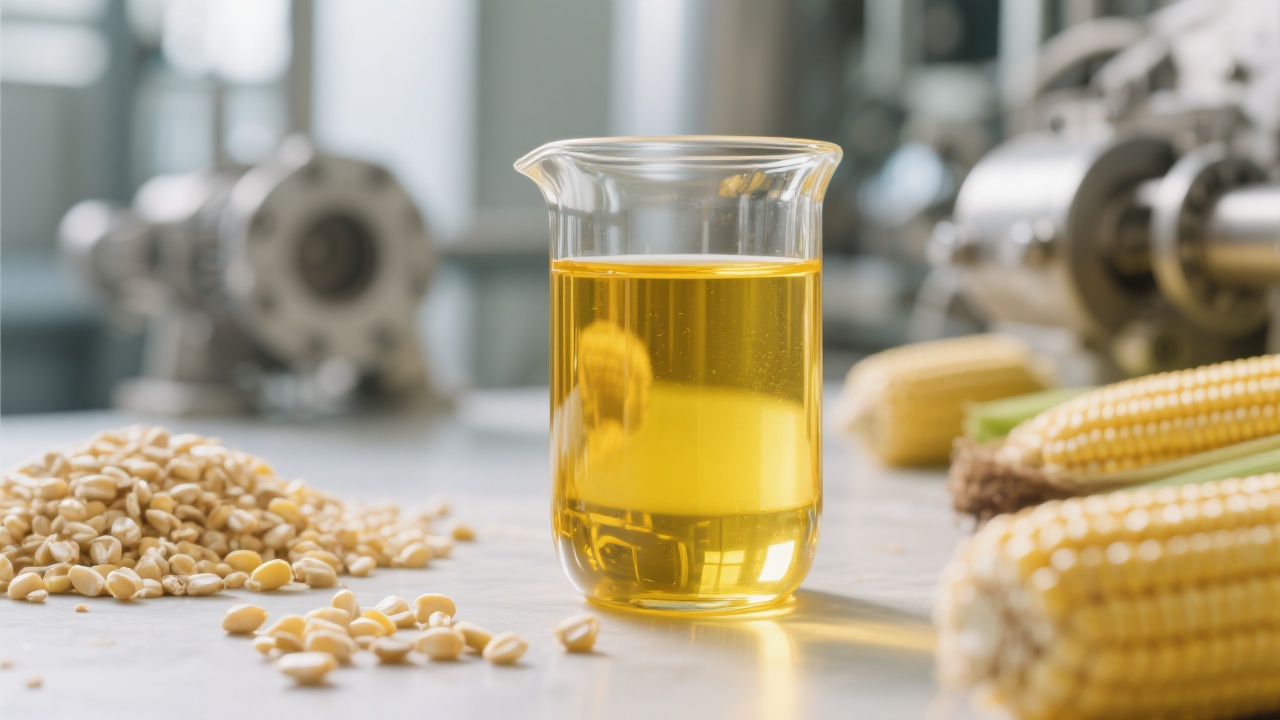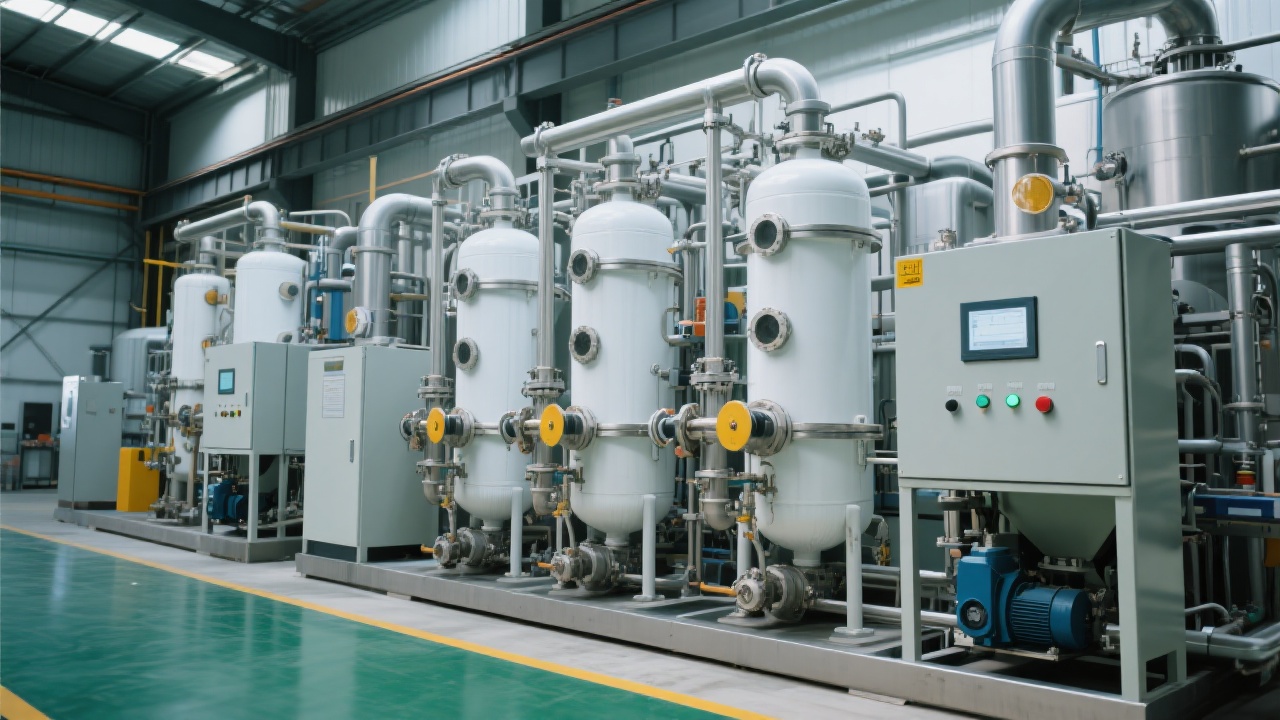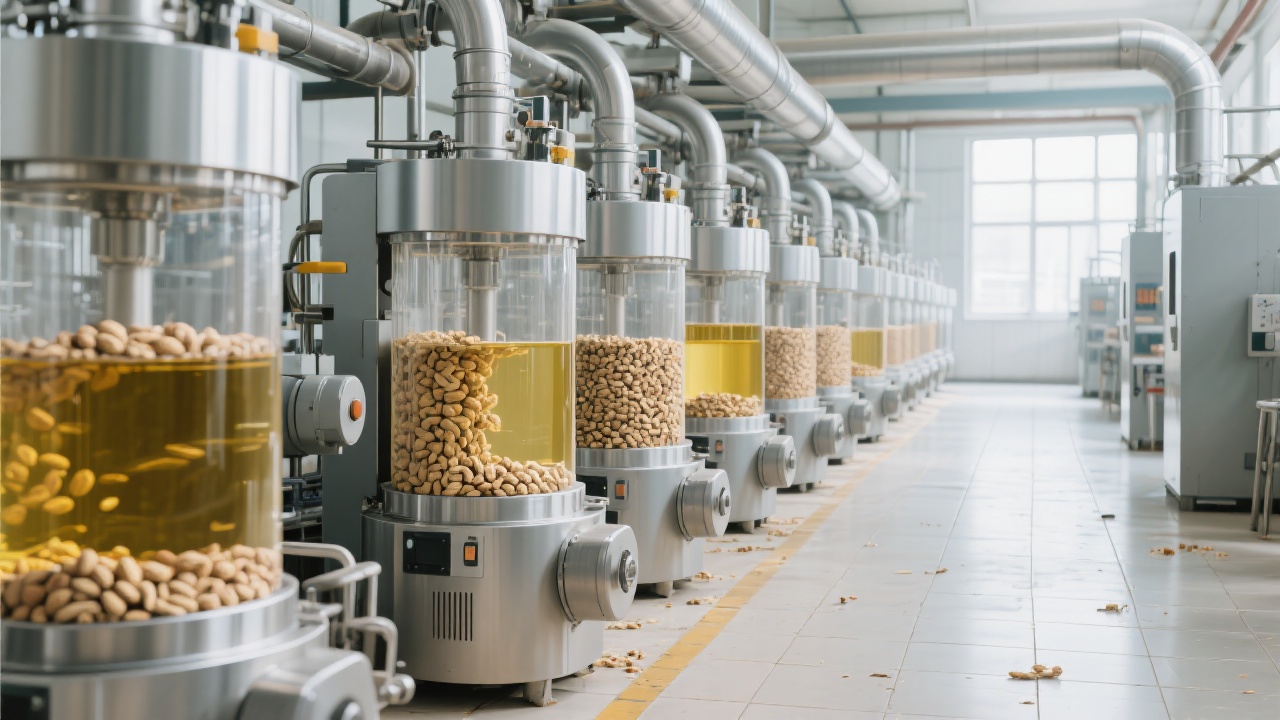
In the rice bran oil refining process, a series of key steps and equipment selections play a crucial role in determining the export - quality of the final product. This article will comprehensively explore the core technologies and equipment configuration in each refining step, aiming to provide practical guidance for food processing enterprises to improve product quality and international competitiveness.
Degumming is the first step in rice bran oil refining, which mainly removes phospholipids and other colloidal impurities from crude oil. There are two main methods: physical degumming and chemical degumming.
Physical degumming is based on the principle that phospholipids can be hydrated and precipitated under certain conditions. It is suitable for crude rice bran oil with relatively low phospholipid content. According to industry data, in some small - scale rice bran oil processing plants, physical degumming can reduce the phospholipid content from about 2% to less than 0.1%. The equipment used in physical degumming usually includes a mixer and a centrifuge. The mixer is used to mix water or acid with crude oil to promote the hydration of phospholipids, and the centrifuge is used to separate the hydrated phospholipids from the oil.
Chemical degumming, on the other hand, uses chemicals such as phosphoric acid or citric acid to react with phospholipids and metal ions in the oil, forming insoluble complexes that can be removed by centrifugation. This method is more effective for crude oil with high phospholipid content. In large - scale industrial production, chemical degumming can reduce the phospholipid content to less than 0.05%. When selecting degumming equipment, factors such as the scale of production, the quality of crude oil, and the required degumming effect should be considered.

Deacidification is an important step to remove free fatty acids from rice bran oil. The two main methods are chemical deacidification and physical deacidification.
Chemical deacidification uses an alkaline solution (such as sodium hydroxide) to react with free fatty acids in the oil to form soapstock, which can be separated from the oil. This method is widely used because of its high deacidification efficiency. In a typical chemical deacidification process, the free fatty acid content in rice bran oil can be reduced from about 5% to less than 0.1%. However, this method may cause some neutral oil loss. The equipment required for chemical deacidification includes a reactor, a separator, and a washing device.
Physical deacidification is based on the principle of distillation. Under high - temperature and high - vacuum conditions, free fatty acids are vaporized and separated from the oil. Physical deacidification is suitable for high - quality crude oil with low free fatty acid content. It has the advantage of less neutral oil loss. According to industry statistics, in some advanced rice bran oil refineries, physical deacidification can reduce the free fatty acid content to less than 0.05% with a neutral oil loss of less than 1%.
| Deacidification Method | Deacidification Efficiency | Neutral Oil Loss | Suitable Crude Oil Quality |
|---|---|---|---|
| Chemical Deacidification | High (reduce to <0.1%) | Relatively high | Wide range, especially for high - acid crude oil |
| Physical Deacidification | High (reduce to <0.05%) | Low (<1%) | Low - acid crude oil |
Decolorization is used to remove pigments, such as carotenoids and chlorophyll, from rice bran oil to improve its appearance and stability. The main method is to use adsorbents to adsorb pigments in the oil.
Common adsorbents include activated clay, activated carbon, and silica gel. Activated clay is the most widely used adsorbent because of its low cost and high adsorption capacity. It can adsorb a variety of pigments and impurities in the oil. In a typical decolorization process, adding about 2% - 5% activated clay can reduce the color value of rice bran oil by more than 50%. Activated carbon has a stronger adsorption capacity for some special pigments and odor - causing substances, but its cost is relatively high. Silica gel is mainly used to adsorb polar substances and some fine impurities in the oil.
To optimize the decolorization effect, factors such as the type and dosage of adsorbent, decolorization temperature, and contact time need to be controlled. For example, in a certain rice bran oil processing plant, by adjusting the decolorization temperature from 90°C to 110°C and increasing the contact time from 20 minutes to 30 minutes, the decolorization rate increased from 55% to 65%.

Deodorization is the final step in rice bran oil refining, which aims to remove odorous substances from the oil to improve its flavor and stability. The deodorization process is usually carried out under high - temperature and high - vacuum conditions.
The key parameters in the deodorization process include temperature, vacuum degree, and steam flow rate. A higher temperature (usually 220°C - 260°C) can effectively remove odorous substances, but it may also cause some thermal degradation of the oil. A lower vacuum degree (less than 100 Pa) can promote the evaporation of odorous substances. The steam flow rate should be properly controlled to ensure sufficient contact between steam and oil. In a well - controlled deodorization process, the peroxide value of rice bran oil can be reduced from about 5 meq/kg to less than 1 meq/kg, and the odor index can be significantly improved.
In an actual production case, a rice bran oil refinery improved the product quality by optimizing the deodorization process parameters. After adjusting the temperature to 240°C, the vacuum degree to 50 Pa, and the steam flow rate to an appropriate level, the sensory quality of the rice bran oil was significantly improved, and the shelf - life was extended by about 2 months.

In conclusion, the selection of equipment and control of process parameters in the rice bran oil refining process have a significant impact on the export quality of the product. By choosing the appropriate equipment and optimizing the process parameters, food processing enterprises can improve the quality of rice bran oil, meet international quality standards, and enhance their international competitiveness. If you want to learn more about advanced rice bran oil refining technologies and equipment configurations, click here for more information.

